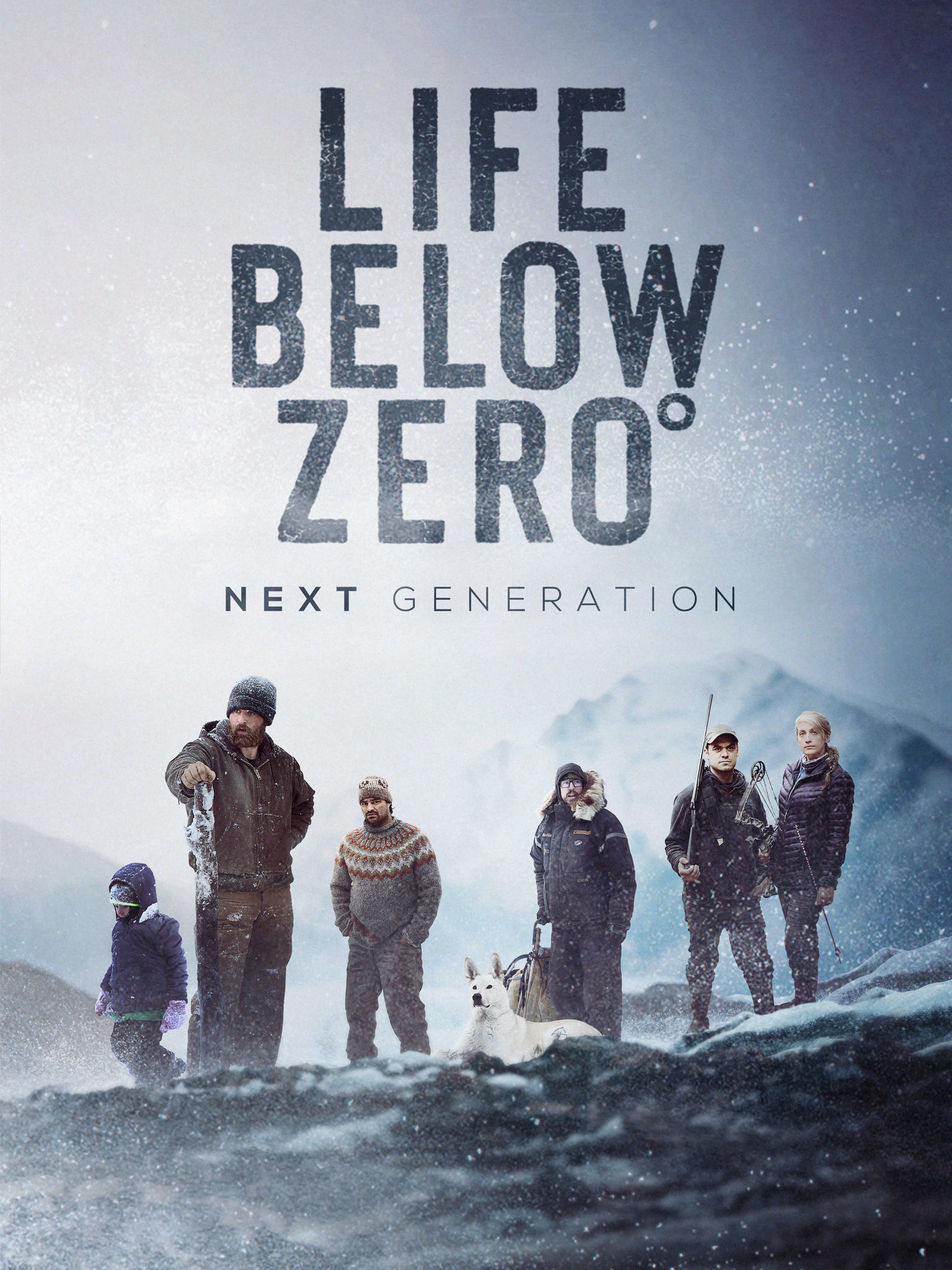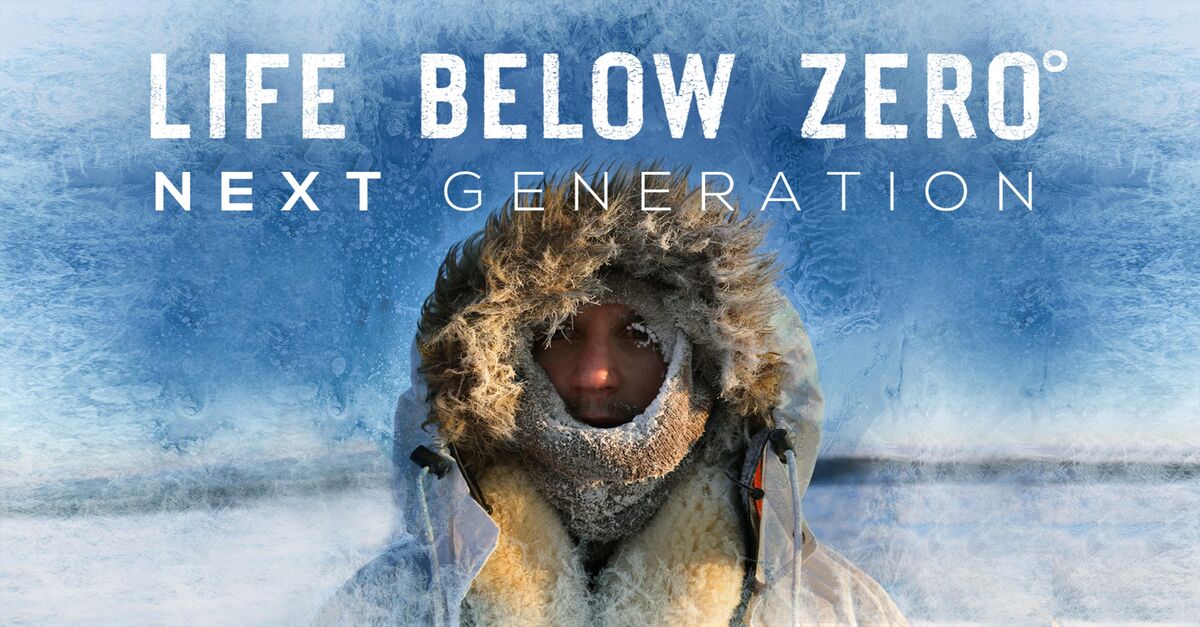Life Below Zero Next Generation has captivated audiences with its thrilling portrayal of survival in the harshest environments. The show delves into the lives of individuals who live and thrive in Alaska's unforgiving wilderness. However, the reality of life in such extreme conditions often includes tragedy, including the somber topic of death. In this article, we will explore the deaths depicted in the series, their implications, and the lessons learned from these experiences.
Understanding the concept of "life below zero next generation death" is crucial for grasping the challenges faced by those who live in such extreme climates. This topic sheds light on the dangers inherent to living in Alaska and the measures taken to mitigate these risks. It is an essential discussion that highlights the importance of preparedness and resilience.
Through this exploration, we aim to provide valuable insights into the realities of life in one of the world's most challenging environments. Join us as we uncover the stories behind the deaths featured in the series and analyze the broader implications for those who choose to live in such harsh conditions.
Read also:The Blacklist Redemption Actors A Comprehensive Look At The Cast
Introduction to Life Below Zero: The Series
Life Below Zero is a popular reality TV show that premiered in 2013, offering a glimpse into the lives of Alaskan residents who live in some of the most remote and unforgiving areas of the state. The series follows the daily struggles and triumphs of these individuals as they battle the elements to survive. Over the years, the show has expanded to include younger generations, giving rise to Life Below Zero Next Generation.
The series has garnered a dedicated following due to its authentic portrayal of life in Alaska. Viewers are drawn to the unique challenges faced by the participants, from extreme weather conditions to the isolation of living in remote areas. The show also highlights the resilience and resourcefulness of the individuals featured, making it a compelling watch for those interested in survival and adventure.
Key Characters in Life Below Zero Next Generation
Biography and Background
Life Below Zero Next Generation introduces viewers to the younger generation of Alaskan residents, each with their own unique story and background. Below is a brief overview of some of the key characters featured in the series:
| Name | Age | Location | Occupation |
|---|---|---|---|
| Atz Lee | 29 | McGrath | Trapper and Outdoorsman |
| Glenn Villeneuve | 51 | Nenana | Survivalist and Trapper |
| Ricko DeWilde | 28 | Nome | Fisherman and Trapper |
Each character brings their own set of skills and experiences to the series, providing a diverse perspective on life in Alaska. Their stories are both inspiring and educational, offering valuable lessons in survival and adaptability.
Exploring Death in Life Below Zero Next Generation
Understanding the Risks
The concept of "life below zero next generation death" is a somber but necessary topic to explore. Living in Alaska presents numerous risks, from hypothermia and frostbite to encounters with wildlife and accidents in the wilderness. These dangers are a constant reality for those featured in the series, making death an ever-present possibility.
One of the most notable deaths in the series was the passing of Glenn Villeneuve, a beloved character known for his survival skills and unique lifestyle. Glenn's death served as a stark reminder of the dangers faced by those living in such extreme conditions and highlighted the importance of safety and preparedness.
Read also:Zodiac For August 24 Discover The Traits Compatibility And Secrets Of Leo And Virgo
Causes of Death in Extreme Environments
Common Threats in Alaska
In Alaska, the causes of death in extreme environments can vary widely. Some of the most common threats include:
- Hypothermia: A condition where the body loses heat faster than it can produce it, leading to dangerously low body temperature.
- Frostbite: Damage to skin and tissues caused by extreme cold, often affecting extremities such as fingers and toes.
- Wildlife Encounters: Dangerous encounters with animals such as bears and wolves can result in fatal injuries.
- Accidents: Mishaps in the wilderness, such as falls or equipment failures, can lead to life-threatening situations.
Understanding these threats is crucial for anyone living or venturing into Alaska's wilderness. Proper preparation and awareness can significantly reduce the risk of death in such extreme conditions.
Preventive Measures and Safety Protocols
Staying Safe in the Wilderness
Preventive measures and safety protocols are essential for surviving in Alaska's harsh environment. Some of the key strategies include:
- Wearing appropriate clothing to protect against the cold and wet conditions.
- Carrying essential survival gear, such as emergency shelters and first-aid kits.
- Learning basic survival skills, including fire-starting and shelter-building.
- Being aware of wildlife behavior and taking precautions to avoid dangerous encounters.
By following these guidelines, individuals can significantly increase their chances of survival in the wilderness. Education and preparation are key to mitigating the risks associated with living in extreme environments.
Lessons Learned from Tragic Events
Reflections on Death in Life Below Zero
The deaths depicted in Life Below Zero Next Generation serve as powerful reminders of the dangers inherent to living in Alaska. These tragic events offer valuable lessons for both participants and viewers, emphasizing the importance of safety, preparedness, and community support.
One of the key takeaways from these experiences is the need for constant vigilance and respect for the environment. The harsh conditions of Alaska demand a level of adaptability and resourcefulness that can only be achieved through experience and education. By learning from these tragedies, individuals can better prepare themselves for the challenges of life in the wilderness.
Impact on Families and Communities
Supporting Those Left Behind
The impact of death in Life Below Zero Next Generation extends beyond the individuals involved, affecting families and communities as well. The loss of a loved one in such extreme circumstances can be devastating, highlighting the importance of support systems and community networks.
Many families and communities in Alaska have developed strong bonds and support structures to help cope with such losses. These networks provide emotional support and practical assistance, helping those left behind to navigate the grieving process and rebuild their lives.
Scientific Insights into Survival in Extreme Conditions
Research and Studies
Scientific research into survival in extreme conditions offers valuable insights into the human body's response to such environments. Studies have shown that factors such as temperature regulation, hydration, and nutrition play critical roles in determining an individual's ability to survive in harsh climates.
For example, research conducted by the National Institutes of Health (NIH) has highlighted the importance of maintaining core body temperature to prevent hypothermia. Similarly, studies have demonstrated the critical role of proper hydration and nutrition in sustaining energy levels and overall health in extreme conditions.
Technological Advances in Wilderness Survival
Innovations in Gear and Equipment
Technological advances have significantly improved the safety and comfort of individuals living and working in extreme environments. Modern gear and equipment, such as insulated clothing, GPS devices, and satellite communication systems, have made it easier for people to navigate and survive in the wilderness.
These innovations not only enhance the safety of individuals but also provide valuable tools for search and rescue operations. By leveraging technology, individuals can better prepare for the challenges of life in Alaska and reduce the risk of death in extreme conditions.
Cultural Perspectives on Death in Alaska
Respecting Tradition and Heritage
Cultural perspectives on death in Alaska are shaped by the region's unique history and traditions. For many indigenous communities, death is seen as a natural part of life, with rituals and ceremonies playing an important role in honoring the deceased and supporting the living.
These cultural practices offer valuable insights into the ways in which communities cope with loss and grief. By respecting and incorporating these traditions, individuals can gain a deeper understanding of the cultural heritage that underpins life in Alaska.
Conclusion and Call to Action
In conclusion, the topic of "life below zero next generation death" is a vital discussion that sheds light on the realities of life in one of the world's most challenging environments. By exploring the causes of death, preventive measures, and lessons learned from tragic events, we can better understand the importance of safety and preparedness in extreme conditions.
We invite you to share your thoughts and experiences in the comments section below. Your input can help others learn and grow in their understanding of life in Alaska. Additionally, we encourage you to explore other articles on our site for more insights into survival, adventure, and the human experience.
Table of Contents:
- Introduction to Life Below Zero: The Series
- Key Characters in Life Below Zero Next Generation
- Exploring Death in Life Below Zero Next Generation
- Causes of Death in Extreme Environments
- Preventive Measures and Safety Protocols
- Lessons Learned from Tragic Events
- Impact on Families and Communities
- Scientific Insights into Survival in Extreme Conditions
- Technological Advances in Wilderness Survival
- Cultural Perspectives on Death in Alaska


